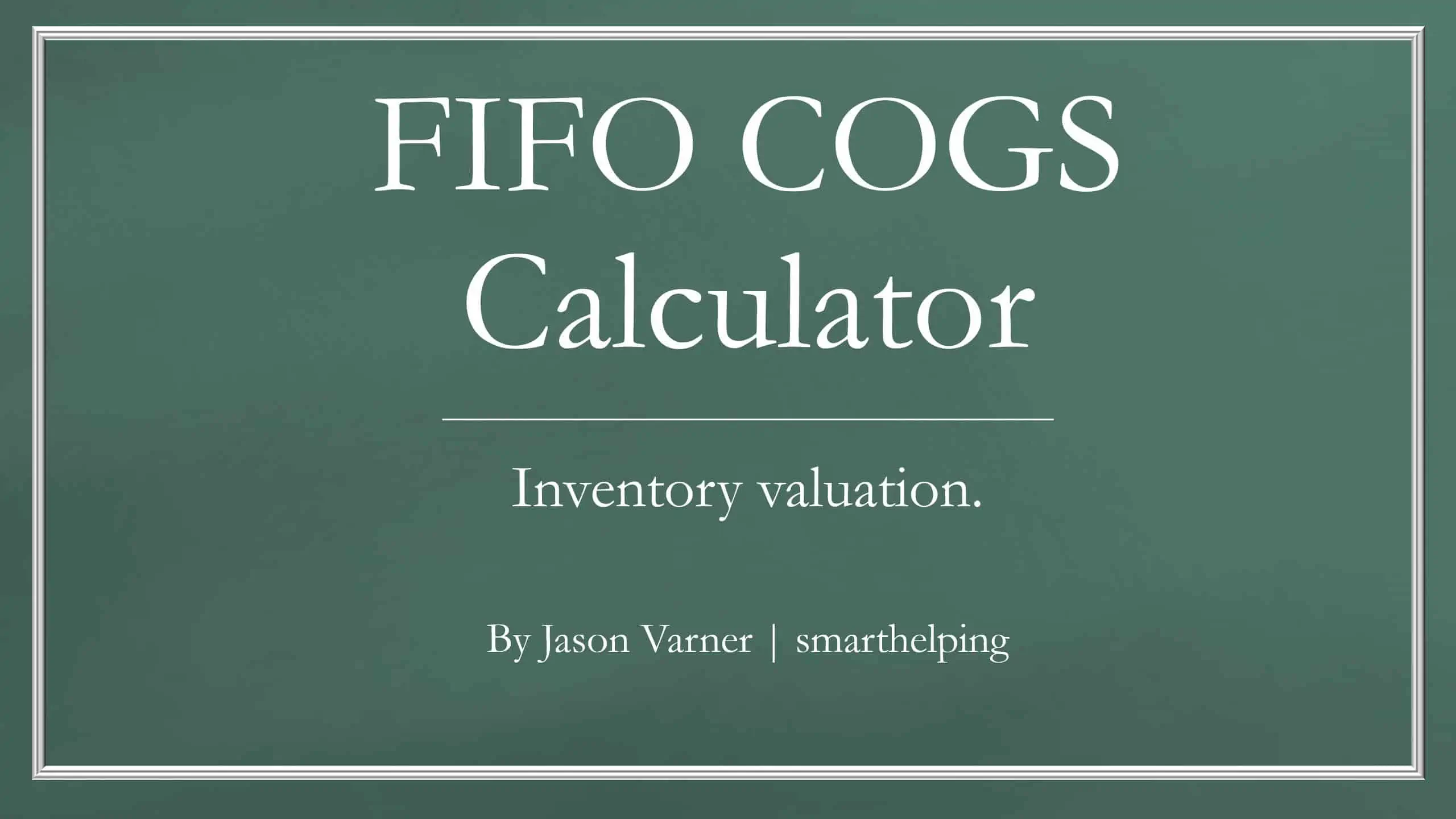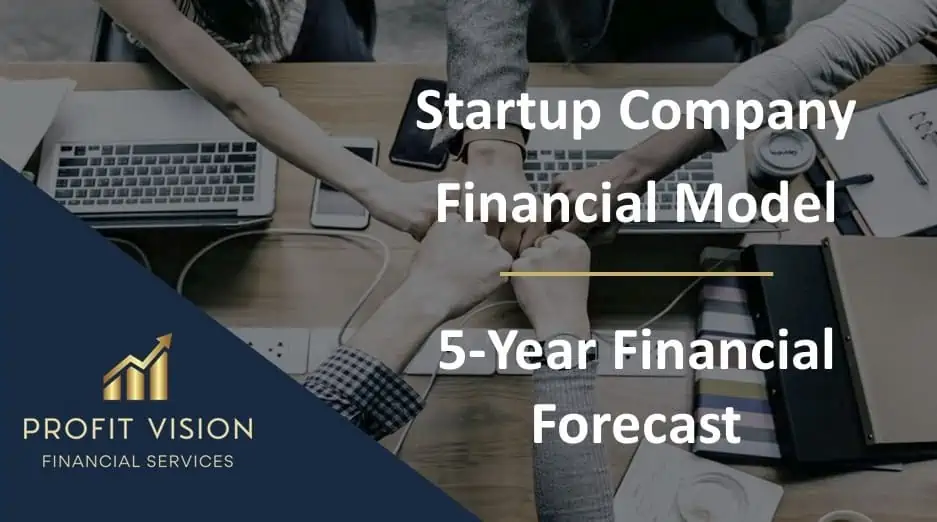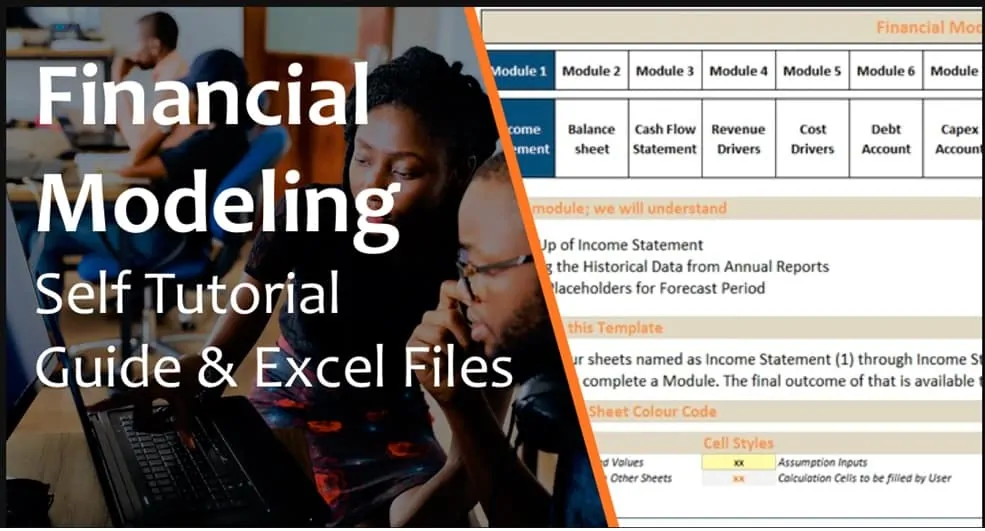Franchisor Licensing: Financial Model with Cap Table / 3-Statements
Build up to a 10 year financial forecast with assumptions directly related to the startup and operation of a franchisor. Formal statements and reports included.

Video Overview:
Output Reports:
- Monthly and Annual Income Statement, Balance Sheet, Cash Flow Statement
- Monthly and Annual Profit / Loss detail
- Capitalization Table (very robust with share logic (3 classes and insiders vs. outside investor breakdowns and distribution/IRR per entity)
- DCF Analysis and Distribution Summary with IRR/ROI/Equity Multiple on the project level and investor vs operator aggregate
- Annual Executive Summary
- Lots of visualizations
A franchisor licenses out their IP, trademarks, and anything else they have that is proprietary in return for a fee that is often captured as a percentage of franchisee revenues or gross profits. The goal of a franchisor is to create a lot of value for franchisees so that the franchisees make a lot of money. In turn, the franchisor will make a lot of money. The better the support and on-boarding, the higher the chance of success. This model goes through all the nuances that need to be accounted for in such an endeavor.
The following logic drives revenues:
- Define up to 3 location types that are on-boarded over time.
- For Each Type, Define:
- Start Month
- Royalty Percentage
- Ad fee Percentage if applicable
- One-time franchise fee if applicable
- Starting franchisee count
- Franchises added per month
- Percentage growth per year in added locations per month
- Starting revenue per location
- Revenue growth per location
- Years of growth until stabilization
- Retention (success rate driver)
The other piece of logic that must be accounted for with franchisor operating is the cost of on-boarding and the on-going spend per location. This model makes it easy to define all the on-boarding costs by location type with a cost schedule for each and the same format for on-going monthly costs the franchisor will spend per location.
These are necessary for proper financial modeling of a franchisor operator and are used to show an advanced metric that is the number of months it takes to break even on a given location on average.
There are also assumptions for one-time startup costs, capex (with depreciation logic integrated and if an exit month is defined, net gain / capital gains and the taxes therein), and funding from debt.
The model uses all the assumptions to solve for the minimum amount of equity that is needed to survive and that amount flows to the cap table.
If you want to put a reserve, you can simply enter that as a startup cost item. This model template comes in .xlsx file type which can be opened using MS Excel.
Similar Products
Other customers were also interested in...
All My Financial Models, Spreadsheets, Templates, ...
Lifetime access to all future templates as well! Here is a set of spreadsheets that have some of the... Read more
Small Business Playbook (Financial / Tracking Temp...
About the Template Bundle: https://youtu.be/FPj9x-Ahajs These templates were built with the ... Read more
Joint Venture and Fund Cash Flow Waterfall Templat...
Here are all the spreadsheets I've built that involve cash flow distributions between GP/LP. Include... Read more
Top 16 Google Sheet Templates
This is a bundle of all the most useful and efficient google sheet templates I have built over the y... Read more
Preferred Equity Cash Distribution Model – 2...
A 10-year joint venture model to plan out various scenarios for the way cash is shared between a GP ... Read more
Cumulative LP Distribution Joint Venture Waterfall...
A 6 Tier cash flow waterfall template. Plug in the distributable cash flow (+/-) and set the hurdle ... Read more
Inventory Valuation Using FIFO – Automatical...
Any accountant that needs to comply with IFRS will have to use the FIFO valuation method for calcula... Read more
Private Equity Fund Model (Investor Cashflows)
Private Equity Financial Model to analyze fund cashflows and returns available to Limited Partners (... Read more
Startup Company Financial Model – 5 Year Fin...
Highly-sophisticated and user-friendly financial model for Startup Companies providing a 5-Year adva... Read more
3 Statement Financial Modeling with DCF & Rel...
Financial Modeling Tutorial guides user via step by step approach on how to build financial models w... Read more
You must log in to submit a review.































